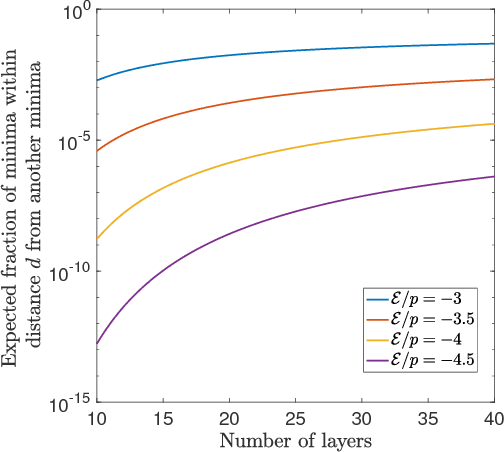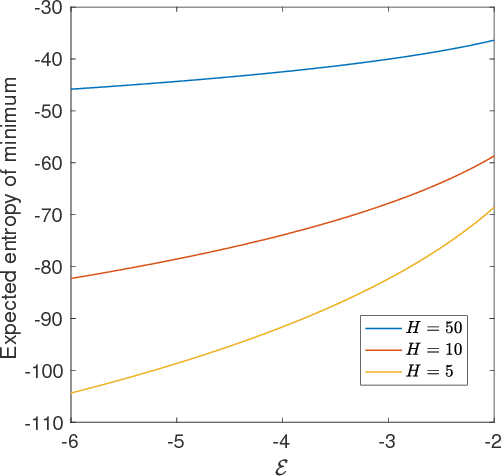Simon Becker
Meta-learning For Few-Shot Time Series Crop Type Classification: A Benchmark On The EuroCropsML Dataset
Apr 15, 2025Abstract:Spatial imbalances in crop type data pose significant challenges for accurate classification in remote sensing applications. Algorithms aiming at transferring knowledge from data-rich to data-scarce tasks have thus surged in popularity. However, despite their effectiveness in previous evaluations, their performance in challenging real-world applications is unclear and needs to be evaluated. This study benchmarks transfer learning and several meta-learning algorithms, including (First-Order) Model-Agnostic Meta-Learning ((FO)-MAML), Almost No Inner Loop (ANIL), and Task-Informed Meta-Learning (TIML), on the real-world EuroCropsML time series dataset, which combines farmer-reported crop data with Sentinel-2 satellite observations from Estonia, Latvia, and Portugal. Our findings indicate that MAML-based meta-learning algorithms achieve slightly higher accuracy compared to simpler transfer learning methods when applied to crop type classification tasks in Estonia after pre-training on data from Latvia. However, this improvement comes at the cost of increased computational demands and training time. Moreover, we find that the transfer of knowledge between geographically disparate regions, such as Estonia and Portugal, poses significant challenges to all investigated algorithms. These insights underscore the trade-offs between accuracy and computational resource requirements in selecting machine learning methods for real-world crop type classification tasks and highlight the difficulties of transferring knowledge between different regions of the Earth. To facilitate future research in this domain, we present the first comprehensive benchmark for evaluating transfer and meta-learning methods for crop type classification under real-world conditions. The corresponding code is publicly available at https://github.com/dida-do/eurocrops-meta-learning.
EuroCropsML: A Time Series Benchmark Dataset For Few-Shot Crop Type Classification
Jul 24, 2024



Abstract:We introduce EuroCropsML, an analysis-ready remote sensing machine learning dataset for time series crop type classification of agricultural parcels in Europe. It is the first dataset designed to benchmark transnational few-shot crop type classification algorithms that supports advancements in algorithmic development and research comparability. It comprises 706 683 multi-class labeled data points across 176 classes, featuring annual time series of per-parcel median pixel values from Sentinel-2 L1C data for 2021, along with crop type labels and spatial coordinates. Based on the open-source EuroCrops collection, EuroCropsML is publicly available on Zenodo.
Geometry of energy landscapes and the optimizability of deep neural networks
Aug 01, 2018



Abstract:Deep neural networks are workhorse models in machine learning with multiple layers of non-linear functions composed in series. Their loss function is highly non-convex, yet empirically even gradient descent minimisation is sufficient to arrive at accurate and predictive models. It is hitherto unknown why are deep neural networks easily optimizable. We analyze the energy landscape of a spin glass model of deep neural networks using random matrix theory and algebraic geometry. We analytically show that the multilayered structure holds the key to optimizability: Fixing the number of parameters and increasing network depth, the number of stationary points in the loss function decreases, minima become more clustered in parameter space, and the tradeoff between the depth and width of minima becomes less severe. Our analytical results are numerically verified through comparison with neural networks trained on a set of classical benchmark datasets. Our model uncovers generic design principles of machine learning models.
 Add to Chrome
Add to Chrome Add to Firefox
Add to Firefox Add to Edge
Add to Edge